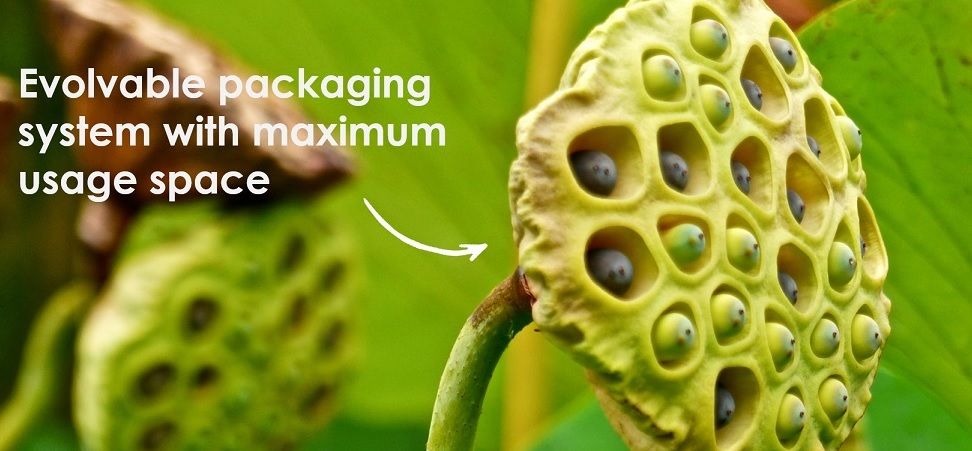Bio-inspired Food Challenge

Bio-inspired Food Challenge
In order to feed 9 billion people by 2050 we need to start thinking differently about food and re imagine the way we produce, process and supply nutrients and how we deal with waste.
Challenge Organization
2016 was the first year that EPFL is organizing such a challenge. The student participation to the challenge was part of their semester projects.
Given the novelty and interdisciplinarity of the approach, a Biomimicry Introduction lecture coupled with individual and group training sessions were organized by an experienced biologist.
Social and environmental context
Nature: protect and preserves with least amount of energy
Out there in the “wild”, outside our air conditioned homes and sterile factories, temperatures vary, microbes attack, there is drying and floods, shocks and wounds. It is the fight for survival in a Darwinian style and birds have learned how to fight it by adding an antimicrobial nanostructure on the surface of an egg shell. Just like birds, millions of species that have survived that fight have developed millions of strategies to protect themselves from physical and chemical factors and maintain functionality.
In addition, all these strategies are part of the mathematical equation that economized on energy, that creates feedback loops for self-organization and responsiveness and that optimize rather that maximize. This gives rise to systems that are not only highly functional, but more importantly resilient and energy efficient.
Humans: creating waste while fighting food scarcity
On the other hand, within our air conditioned and controlled homes and manufacturing systems, we throw food away due to food damage during transport, too short food life span and damaging exposures to high summer and low winter temperatures. Even in countries of food scarcity, food is often thrown away due to damage caused by warm climates, microbial infections and unavailable high tech food preservation techniques.
And if everything goes as planned and the food actually reaches your plate, it has probably traveled more than you in the whole year and the manufacturing system and supply chain along the way have spent more energy that that plate will provide your body with.
Bio-inspired: solving human food challenges by using nature inspired thinking
In order to feed 9 billion people by 2050 we need to start thinking differently about food and reimagine the way we produce, process and supply nutrients and how we deal with waste.
We propose to tackle these issues by using Biomimicry approach as innovative problem solving tool. Biomimicry is a way of thinking and problem solving that looks at how a given problem has already been solved in nature. Animals, plants, mushrooms and microorganisms have inhabited this planet for the last 3.8 billion years, over which they have developed sophisticated and sustainable solutions for life on Earth. The goal of this challenge is to give students the opportunity to tackle important human challenges by using creative problem solving and Nature as a library of knowledge.